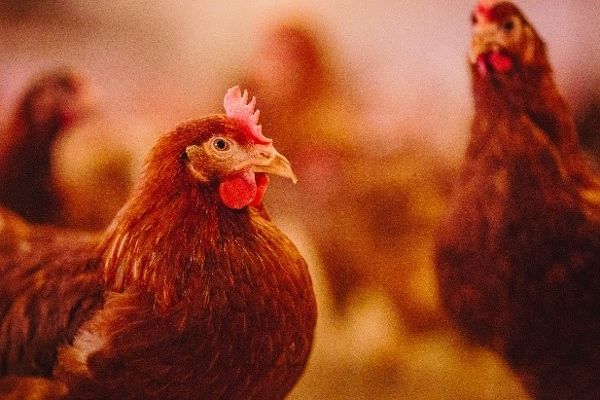Poultry farming in Austria

In Austria, the poultry farming sector is organised and structured to distinguish between hens raised for laying eggs, chickens raised for fattening, turkey fattening, and, to a small extent, waterfowl.
The trend in egg production is slightly downward in 2023. Whereas keeping in free-range systems is stable (+0 % compared to the previous year), declines are recorded both for organic production (-6 % compared to the previous year) and for production in barn systems (-6 % compared to the previous year). Nevertheless, the production of table eggs in 2022 was with 2.25 billion table eggs (+2.7 % compared to the previous year) higher than in the year before; the degree of self-sufficiency was 94 %.
In poultry meat production, the degree of self-sufficiency fell from 78 % (2021) to 77 % (2022). Nevertheless, the self-sufficiency rate rose in almost all sectors (chickens for fattening (-3 %), turkey fattening (+3 %), ducks (+8 %) and geese (+4 %)). In 2022, the gross domestic production of poultry meat amounted to 151,871 tonnes (+2 % compared to the previous year). Due to good availability, more domestic poultry meat can be found on the market. Some food chains in Austria count at 100 % on domestic produce in the fresh meat sector.
In poultry farming, unlike in dairy farming, where the calves from our own breeding are later used as dairy cows on the farm, a clear distinction is made between the production branches of chick production (hatchery), meat production (fattening farm) and egg production (laying hen farm).
Poultry farming is particularly popular for own consumption. In full-time or part-time farming, these are larger units in order to be able to guarantee both hygienic and economic requirements.